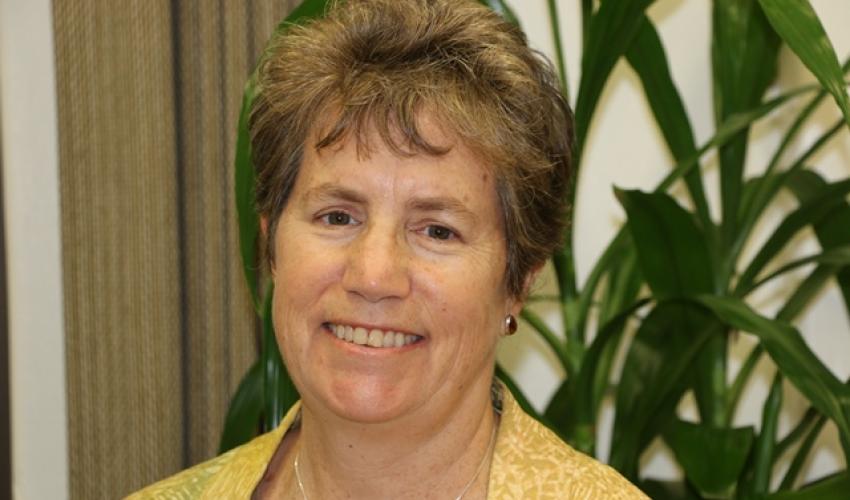“Our small islands act as scaled-down models of continental ecosystems, where impacts are magnified and connections across the landscape more perceptible,” says Suzanne Case, Chair of the Hawaii Department of Land and Natural Resources.
The IUCN World Conservation Congress theme Planet at the Crossroads recognises the need for practical and sustainable solutions to the environmental and development challenges facing the world.
Our island home is an exceptional setting for such an event. Dramatic differences in rainfall, geology and elevation, along with the geographic isolation of the archipelago, have set the stage for an astounding array of species – more than 90% of our native species are unique to Hawai‘i. Conversely, these factors also contribute to the vulnerability of these species.
Two-thirds of our endemic bird species are extinct, some, like the Kauaʻi ‘Ōō or the poʻouli, so recently that people still remember their calls in the wild. Many others are on the brink. An area of less than 0.2% of the United States contains almost a third of the federally listed endangered species; if a species disappears here, it has likely disappeared off the face of the Earth.
We face formidable challenges, but much can be learned from our conservation journey. Hawaiian culture evolved in the context of an intimate relationship between the people, the land and our native species. By preserving these species, we are also protecting Hawaiian culture.
Sustainability fundamentally depends on a healthy environment. In few places is this clearer than Hawai‘i, thousands of miles from the nearest land mass, where forests capture our freshwater and the oceans feed us. Mālama ‘āina, or caring for that which sustains us, lies at the core of Hawaiian values, and is reflected in the volunteer culture and powerful connection of our communities to the land today.
The Hawaiian land management system of ahupua‘a was developed around watersheds with stewardship of the land taking place in typically wedge-shaped parcels extending from mauka (mountain) to makai (ocean). Conserving upland forests provided for communities living downstream.
Our small islands act as scaled-down models of continental ecosystems, where impacts are magnified and connections across the landscape are more perceptible.
By the late 1800s, deteriorating water supply and quality had been linked to deforestation, mostly by introduced cattle, sheep, goats and pigs, inspiring the establishment of the oldest forest management agency in the US and an era of public-private partnerships. In the decades that followed, invasive species were recognised as the leading threat to our environment. Yet conservation funding and incentives to combat this threat dwindled.
Hawai‘i has responded by creating innovative, cost-effective ways to extend the reach of conservation. Twenty-five years ago, the State of Hawai‘i and six other concerned landowners, including county, federal, non-profit and private interests, agreed to pool their efforts and resources and coordinate the management of more than 100,000 acres across the East Maui mountains. This is the state’s largest source of fresh water and is home to a greater concentration of endangered forest birds than anywhere else in the country. This landscape approach to conserving watershed forests worked and gained momentum across the state; the Hawai‘i Association of Watershed Partnerships was born and now manages 2.2 million acres.
Soon afterwards, an invasion of particularly aggressive species such as miconia, Australian tree fern, fire ants and coqui frogs led to the establishment of island-based Invasive Species Committees. These committees use the same collaborative approach but target certain high-priority invasive species rather than land areas. Eradication is the ultimate goal, but the mandate also includes preventing the establishment of new pests and controlling emerging ones. As of 2015, over 961,000 acres had been managed and island-wide eradications completed for 29 destructive species.
These site-based and species-based approaches are complementary, seeking to maximise the impact of limited resources in tackling seemingly overwhelming problems. Just over 1% of the state’s budget is currently used to manage all of its natural and cultural resources.
Though our challenges are great, we are determined to protect what remains of our species and ecosystems. We have more endemic species remaining than any other state besides California. Our conservation approaches are successful: if threats are removed, there is high potential for natural regeneration. New technologies and innovations represent opportunities not only to stem the tide of emerging invasive species, but also to tackle those already long established.
The IUCN Congress is an unprecedented opportunity to learn and share with people from across the planet how we can address these challenges. We have so much at stake. We need to significantly step up our collective investment in and commitment to our future. With this, we can protect our magnificent natural resources, while capturing the win-wins of sustainable development – the goal of Hawai‘i’s Aloha+ Challenge.











